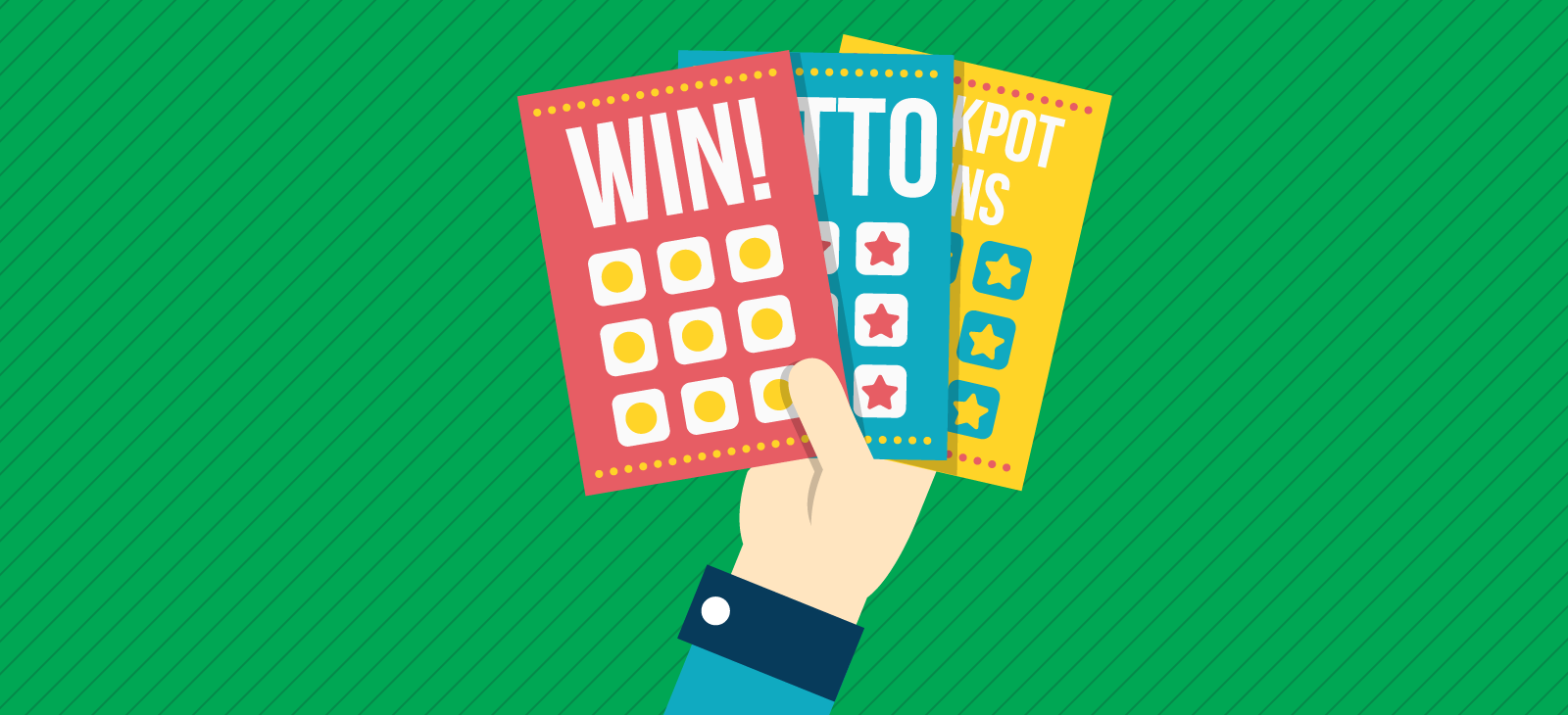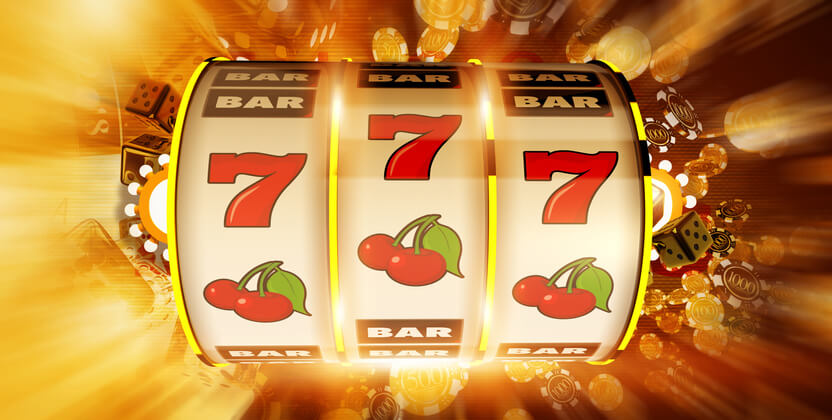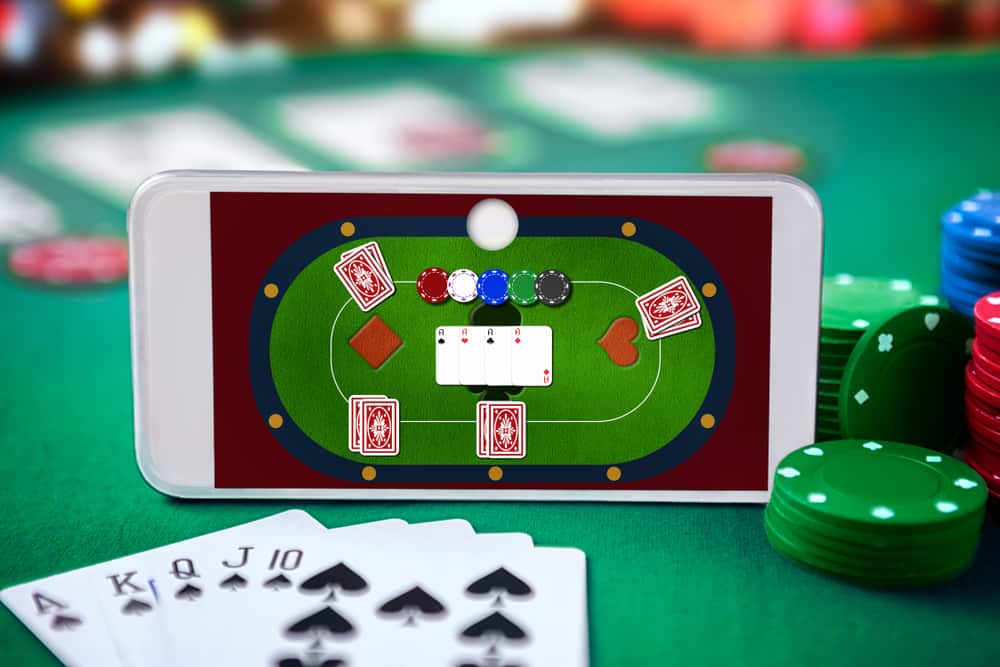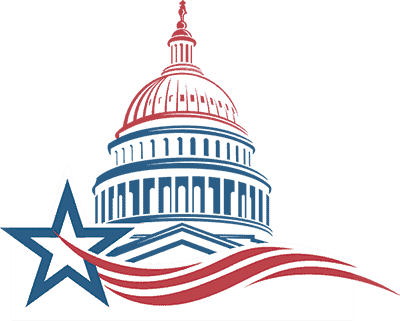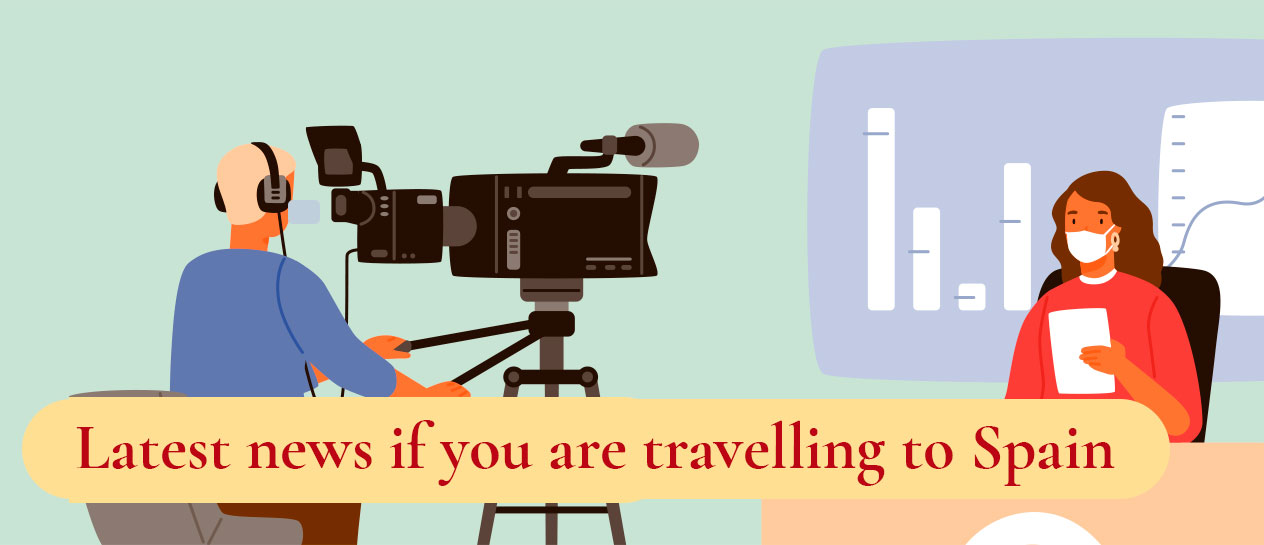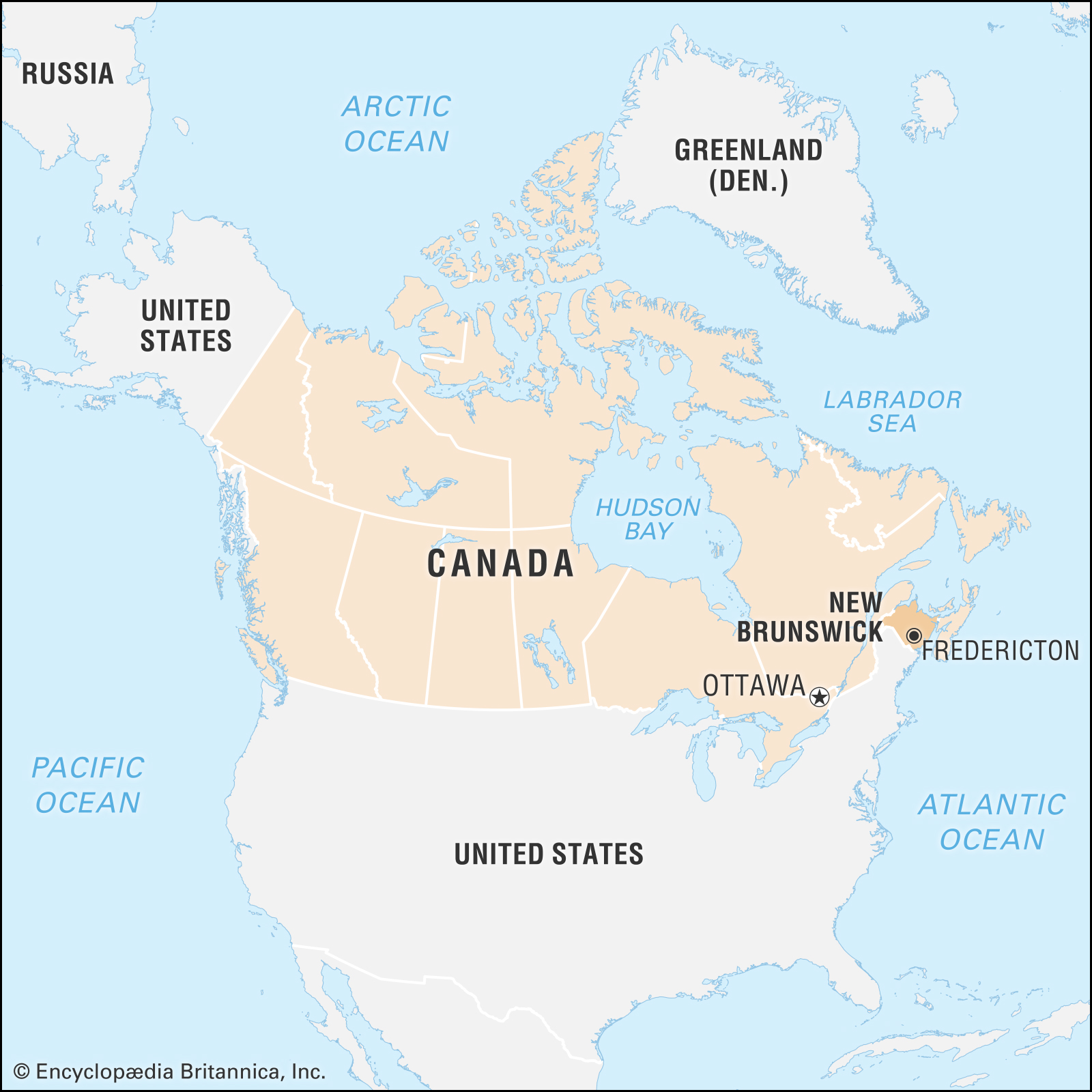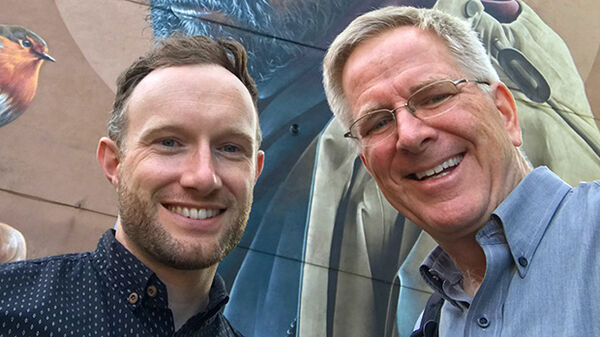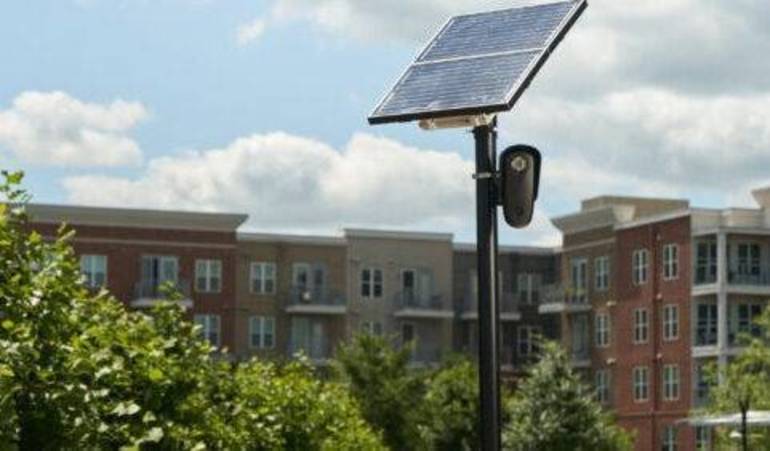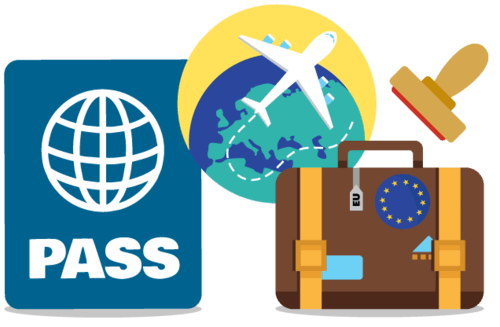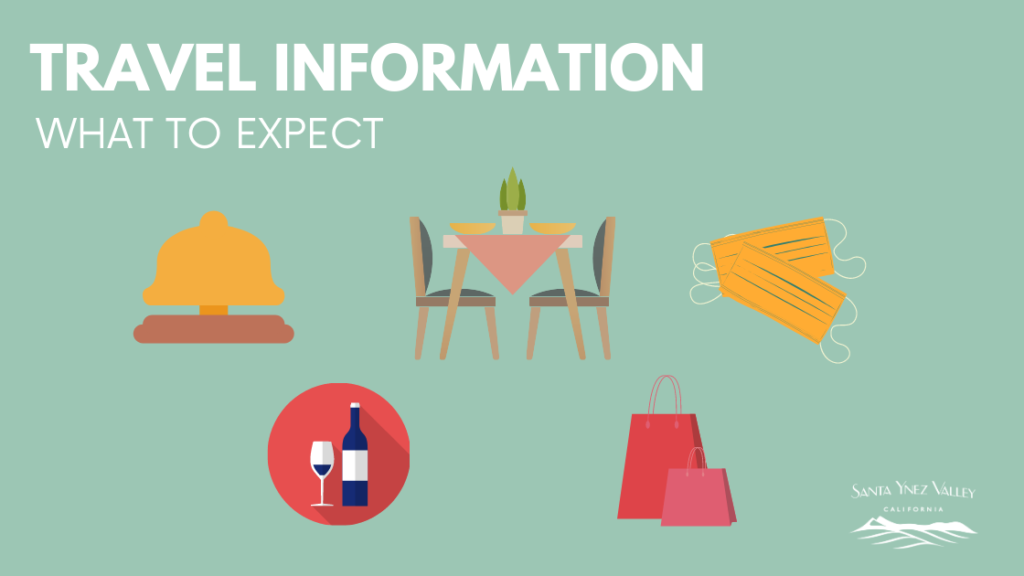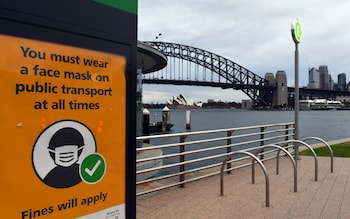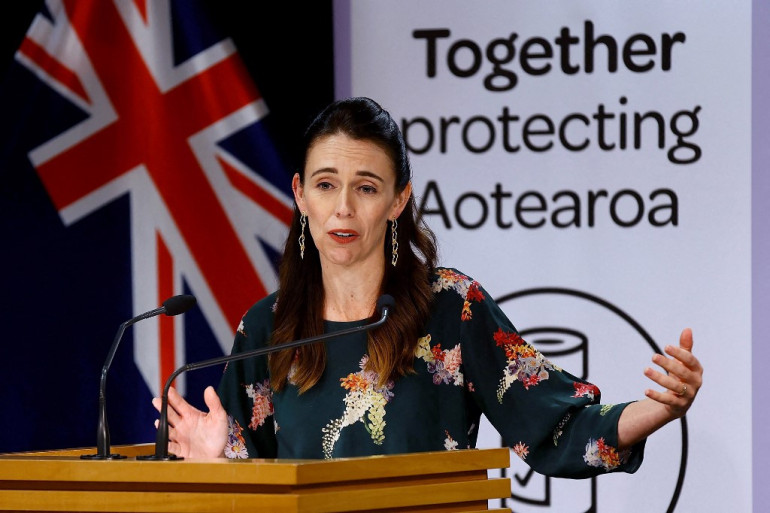If you’re interested in playing the lottery online, there are some things you should keep in mind. While traditional lotteries are government-run, most online lottery games are run by private companies that act as middlemen between players and the games. While most online lotteries still require you to purchase tickets in person, there are some exceptions, such as New York, which now sells tickets online. If you’re considering playing the lottery, here are some things you should consider.

Legitimate lottery websites are regulated by gambling commissions. The prices are similar to brick and mortar ticket prices, since the sites don’t purchase tickets. In addition, some online lottery services will charge you a fee for a certain service or product. Also, make sure to read the privacy policies and terms of service before deciding to play the lottery. While it may seem tempting to buy a ticket from a third-party website, it is best to check if it’s safe and legitimate.
A good way to decide if an online lottery is right for you is to check out the legality of the site. Make sure that the site you’re dealing with has a gambling commission. You should also read any privacy policies that may be offered by the website. This way, you can make sure that you’re playing legally. Once you’ve checked out all of these factors, you can start playing the lottery online. While it’s true that there are many risks involved, these risks are often well worth the effort.
Some states offer subscriptions to lottery games. By becoming a subscriber, you can play the lottery from the comfort of your own home. You can choose your own numbers and check the results of previous draws. Some states are even allowing lottery players to play their favorite games on their mobile devices. If you don’t want to deal with a third-party, you can always play for free or use a virtual lottery agent. A lot of people like to play the lottery online because it allows them to enjoy the convenience of playing while on the go.
You can play the lottery online with the help of a website that provides it. These websites are not regulated by any government agencies. You can be confident that they’ll pay you if you win the lottery. There’s no need to worry about fraud or scams. Most of the time, you’ll only be required to pay a small fee. And the website will not make payments without any sort of insurance. You’ll have the money to enjoy your winnings for as long as you want.
One major advantage of playing the lottery online is that you can buy tickets without going through an agent. You can even play the lottery with your mobile phone, if you’re afraid of a stranger. A lot of people like the thrill of winning a big jackpot, but a lot of people don’t like the hassles of buying their tickets from a lottery website. You can play the lottery online from your computer or mobile device.



















